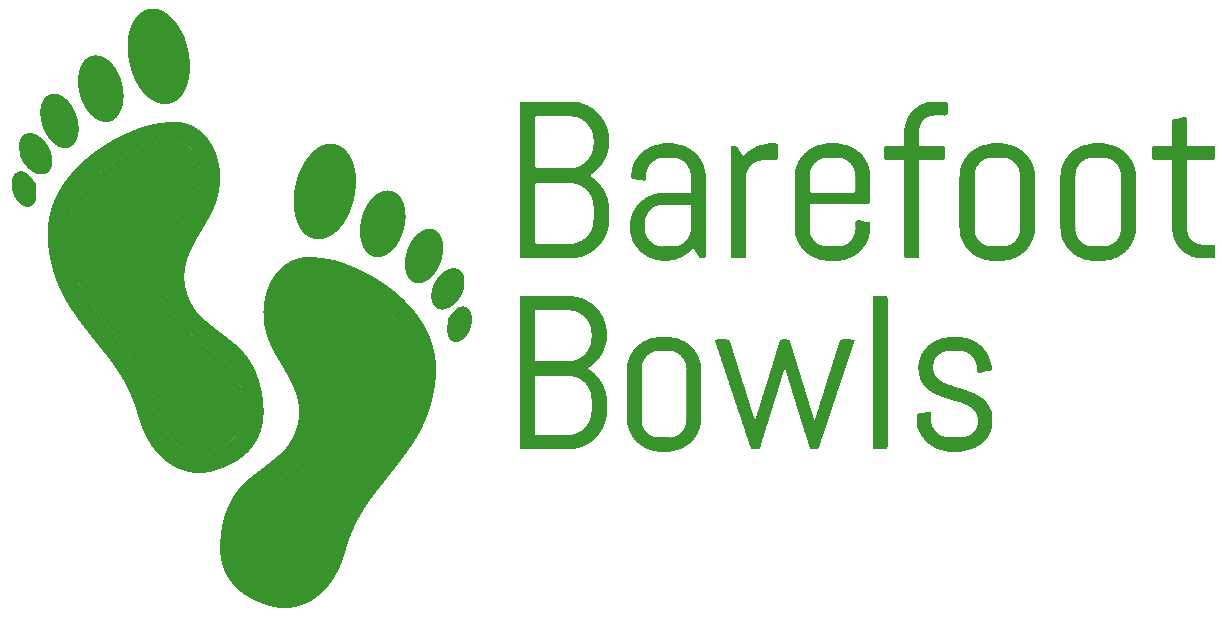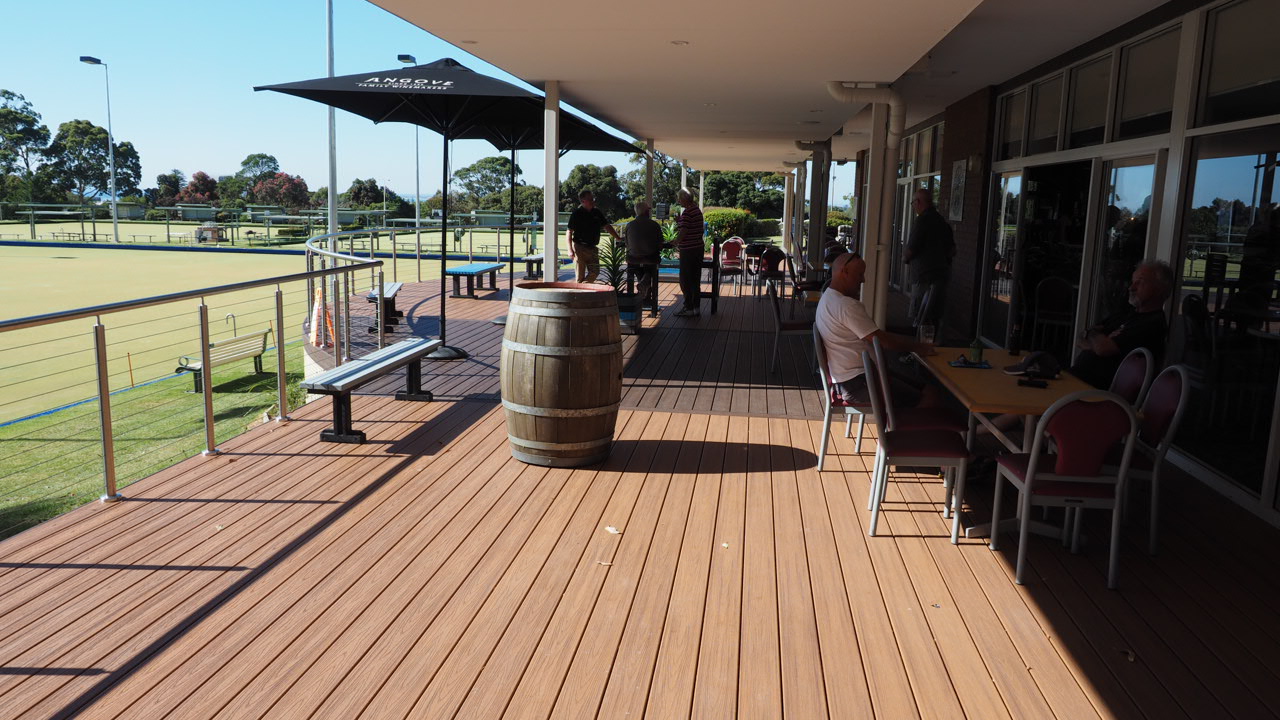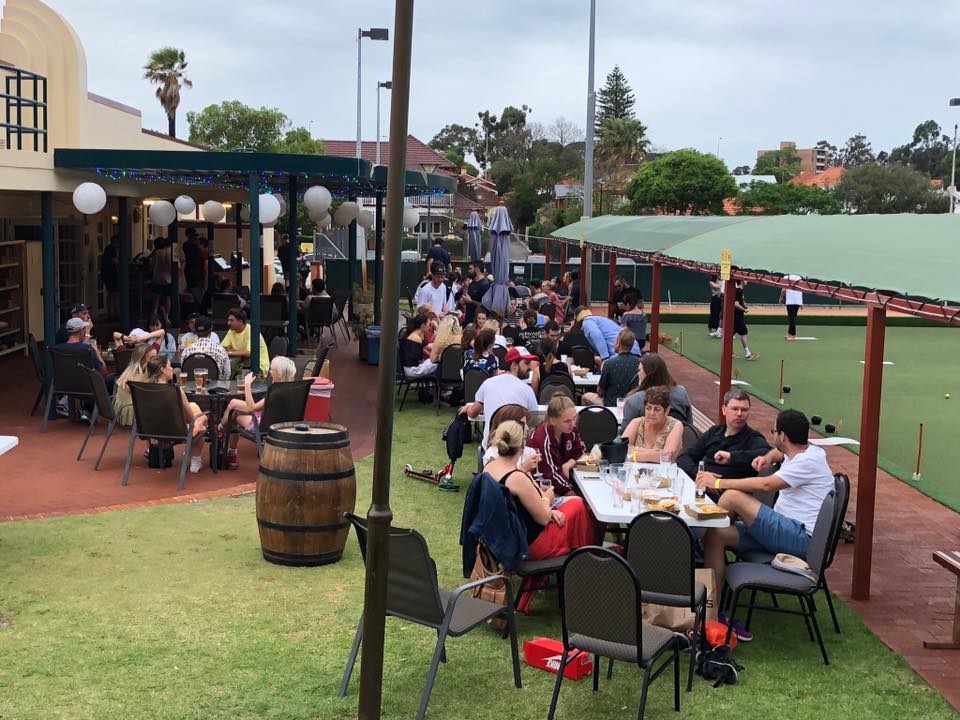You’re Not “Just a Bowling Club”
Bowling clubs hold a unique sense of value. They represent a feeling of community and history with names and flags that dress the walls, there aren’t many places like it. Clubhouses come in sizes big and small. Some are modern and others are old. Within the walls of a bowling club people find an escape, a little oasis where the club becomes their world and life’s stresses drift away. This feeling that you know as a member to a bowls club, is the feeling that your guests will pay to experience.
“It’s for the cheap drinks and affordable venue hire” some will say, although whilst that is true, we all know that it is more than that. A bowling club is a ‘venue’ by definition, no different to that of the local pub or restaurant. So why will people choose to host a function at a bowling club over the local hotel function room?
Activity Based Function Venues are Rare
Activity based functions are better for social mingling and teamwork-based agendas for corporate events. This is a huge selling point for bowling clubs as well as bowling alleys, escape rooms and very few others. Barefoot bowling is typically much cheaper and will often last much longer. People pay thirty dollars per person for ten pin bowling, which may only last an hour. Add in the over-priced food and bar costs, then once the game is done, they need to leave. The booking there is only good for as long as the guests can drag out the game, or until the next booking comes in.
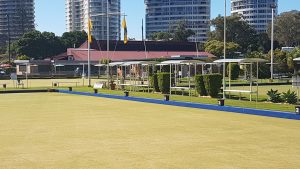 Most bowls clubs are catching on that charging per person, rather then per rink provides better profits. However, some clubs are hesitant to charge properly. We’ve heard of some clubs charging as little as $5 per person and others who confidently ask for $25. Barefoot Bowls function reservations can last for up to four hours for that price, whilst time on rinks can vary. Either way, even at a conservative $15 per person you’re offering a venue for far cheaper and longer than most venues, anywhere.
Most bowls clubs are catching on that charging per person, rather then per rink provides better profits. However, some clubs are hesitant to charge properly. We’ve heard of some clubs charging as little as $5 per person and others who confidently ask for $25. Barefoot Bowls function reservations can last for up to four hours for that price, whilst time on rinks can vary. Either way, even at a conservative $15 per person you’re offering a venue for far cheaper and longer than most venues, anywhere.
“But it’s not fancy, so we can’t charge that” clubs have said. It’s not true, that very same dated carpet, vintage furniture and far too off-white wall colour are exactly what add to your value. Keep your club clean and people will love hanging out in a venue with true character and history. Also, this can’t be stressed enough: keep your club clean. Out-dated interiors and exteriors in need of maintenance do not matter if your club is clean. You’ll find guests will spend more and stay longer.
So what do we know about pricing, and what is the best way to charge? Charge per person, if you’re in a regional area start with $10, if you’re in a metro suburb go in at $15 and if you’re getting popular hike it up to $20 in the peak season. Charge them per person for people attending. Not just for people bowling, everyone ‘attending’. Don’t worry if not everyone bowls, because they are paying for more than just the use of your greens. They’ll use your clubrooms and have their own designated space for hours, all inclusive. You are a ‘venue’ and that is valuable to rent out, so you need to know your worth.
So, how many people per rink?
Base your rink reservation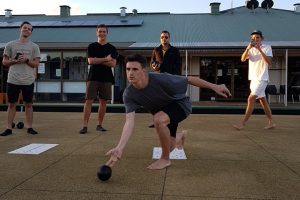 s on ten people per rink, but if you have fourty people they don’t need four rinks. We all know they’ll want it when they arrive but not everyone bowls at the same time and some not at all. After an hour on the greens, that same group of fourty will have ten people still bowling at best. Why? Because they are too distracted by the thirty-odd people around them that are drinking, talking and listening to the music on your speakers.
s on ten people per rink, but if you have fourty people they don’t need four rinks. We all know they’ll want it when they arrive but not everyone bowls at the same time and some not at all. After an hour on the greens, that same group of fourty will have ten people still bowling at best. Why? Because they are too distracted by the thirty-odd people around them that are drinking, talking and listening to the music on your speakers.
Remember, you are a venue that offers an experience that no other venue can offer. Own that. Welcome people into the club like they’re your own members and give them a little taste of your oasis. If you do that, you’ll have repeat customers for life along with their friends and family.
